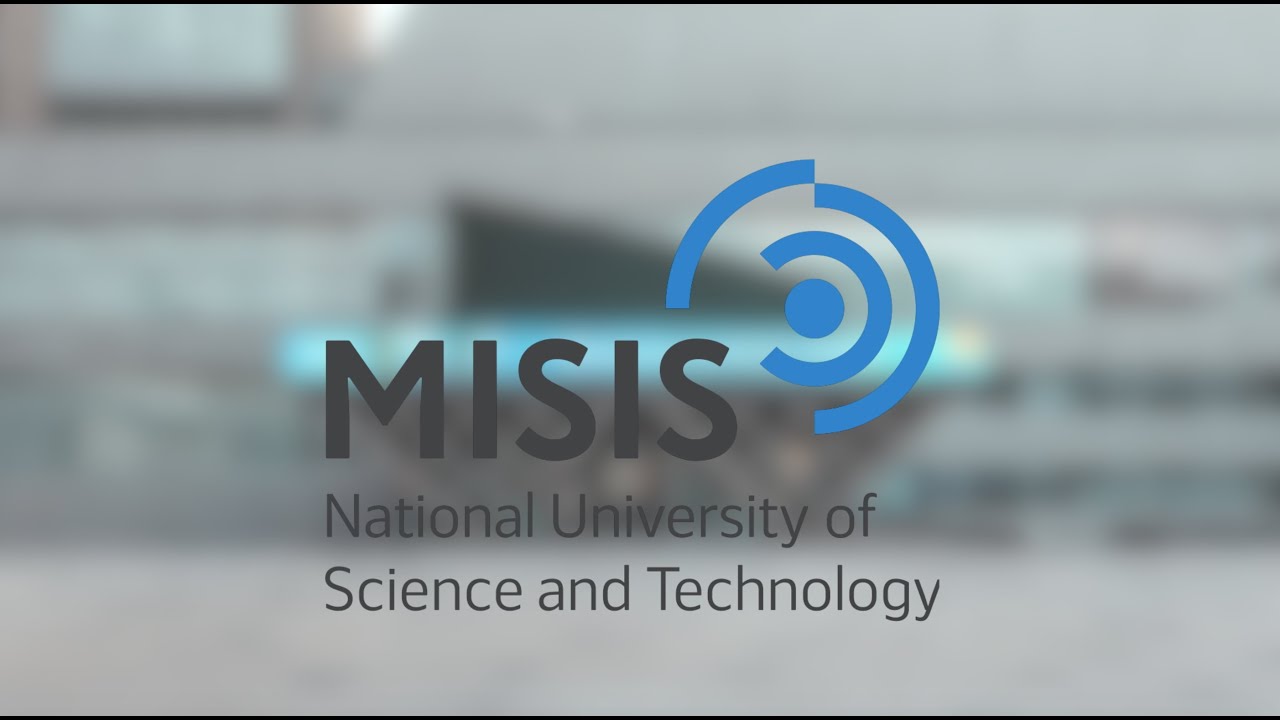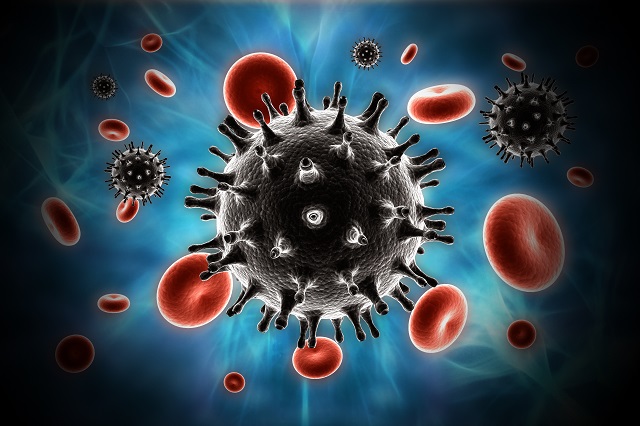Exploring the Future: Advancements in Nanomedicine and How Technology is Accelerating the Fight Against Disease
The field of nanomedicine, a branch of medicine that applies the knowledge and tools of nanotechnology to the prevention and treatment of disease, is experiencing a surge of advancements that are accelerating the fight against disease. This burgeoning field is revolutionizing the medical landscape, offering promising solutions to some of the most challenging health issues of our time.
Nanomedicine leverages the unique properties of nanoscale materials, typically in the range of 1 to 100 nanometers, to develop novel therapeutic and diagnostic modalities. These nanoscale materials can be engineered to interact with cells and tissues at a molecular level, offering unprecedented precision and control in diagnosing and treating diseases.
One of the most promising applications of nanomedicine is in the field of oncology. Nanoparticles can be designed to specifically target cancer cells, delivering therapeutic agents directly to the tumor while sparing healthy tissues. This targeted approach not only enhances the efficacy of cancer treatment but also significantly reduces the side effects associated with conventional chemotherapy.
Moreover, nanomedicine is also making strides in the realm of drug delivery. Traditional drug delivery methods often suffer from limitations such as poor bioavailability and nonspecific distribution. Nanotechnology-based drug delivery systems, on the other hand, can overcome these challenges by improving the solubility and stability of drugs, enhancing their absorption and distribution, and enabling controlled and sustained release.
In addition to therapeutic applications, nanomedicine is also revolutionizing disease diagnostics. Nanoscale biosensors, for instance, can detect disease biomarkers at very low concentrations, enabling early diagnosis and intervention. Furthermore, nanoparticles can be used as contrast agents in medical imaging, improving the resolution and accuracy of techniques such as magnetic resonance imaging (MRI) and computed tomography (CT) scans.
The advancements in nanomedicine are not without challenges. The safety and biocompatibility of nanomaterials, for example, are critical concerns that need to be thoroughly addressed. Moreover, the large-scale production and clinical translation of nanomedicines pose significant technical and regulatory hurdles.
Despite these challenges, the potential of nanomedicine is undeniable. With the rapid pace of technological innovation, the field is poised to make significant strides in the coming years. The integration of nanomedicine with other emerging technologies, such as artificial intelligence and big data analytics, could further accelerate the development and application of nanomedicines.
In conclusion, the advancements in nanomedicine are reshaping the landscape of medical science, offering new hope in the fight against disease. As we continue to explore the nanoscale world, we are uncovering powerful tools and strategies that could revolutionize healthcare and improve the quality of life for millions of people around the world. The future of nanomedicine is bright, and its potential to transform medicine is immense. As we stand on the brink of this new era in healthcare, it is clear that nanomedicine will play a pivotal role in shaping the future of medicine.




